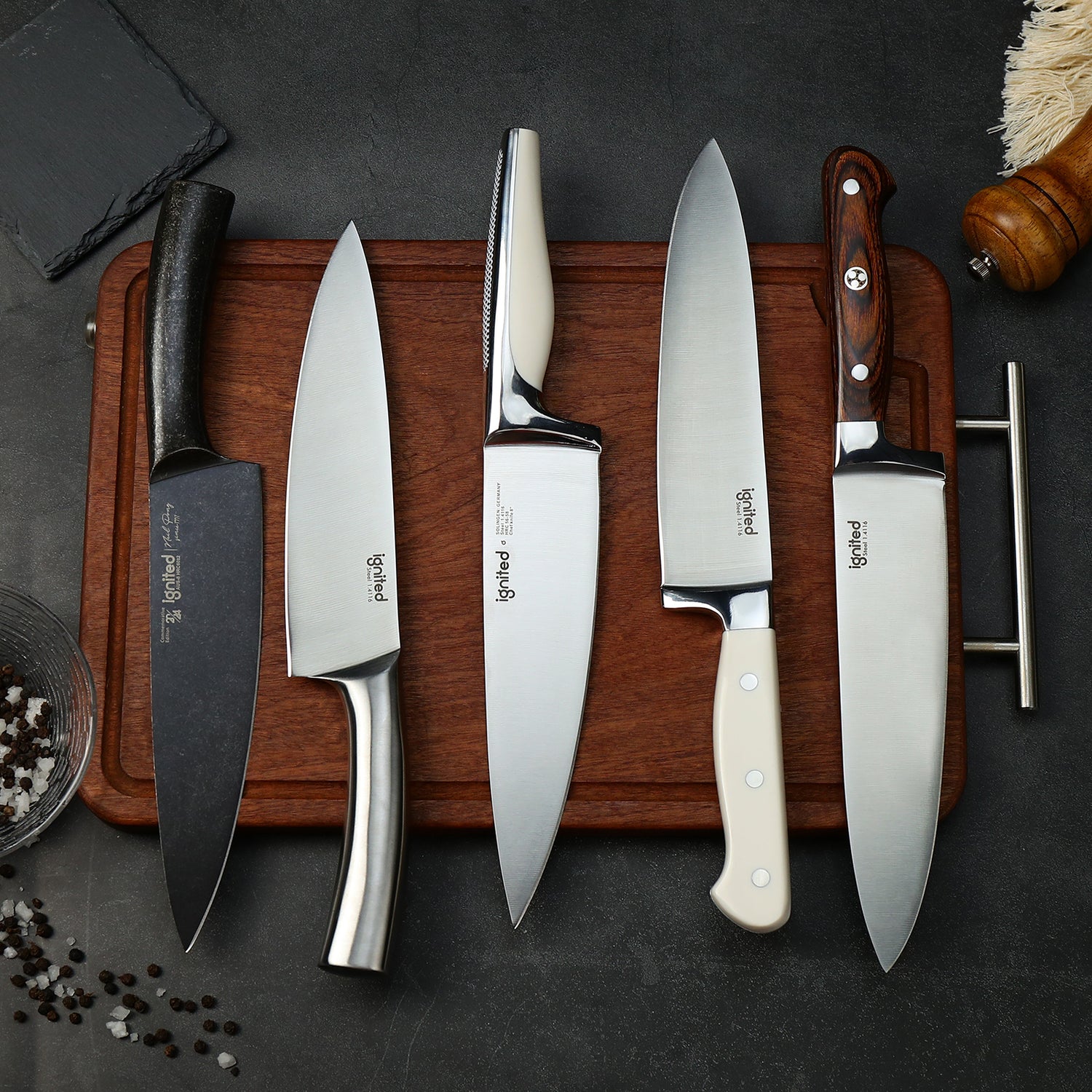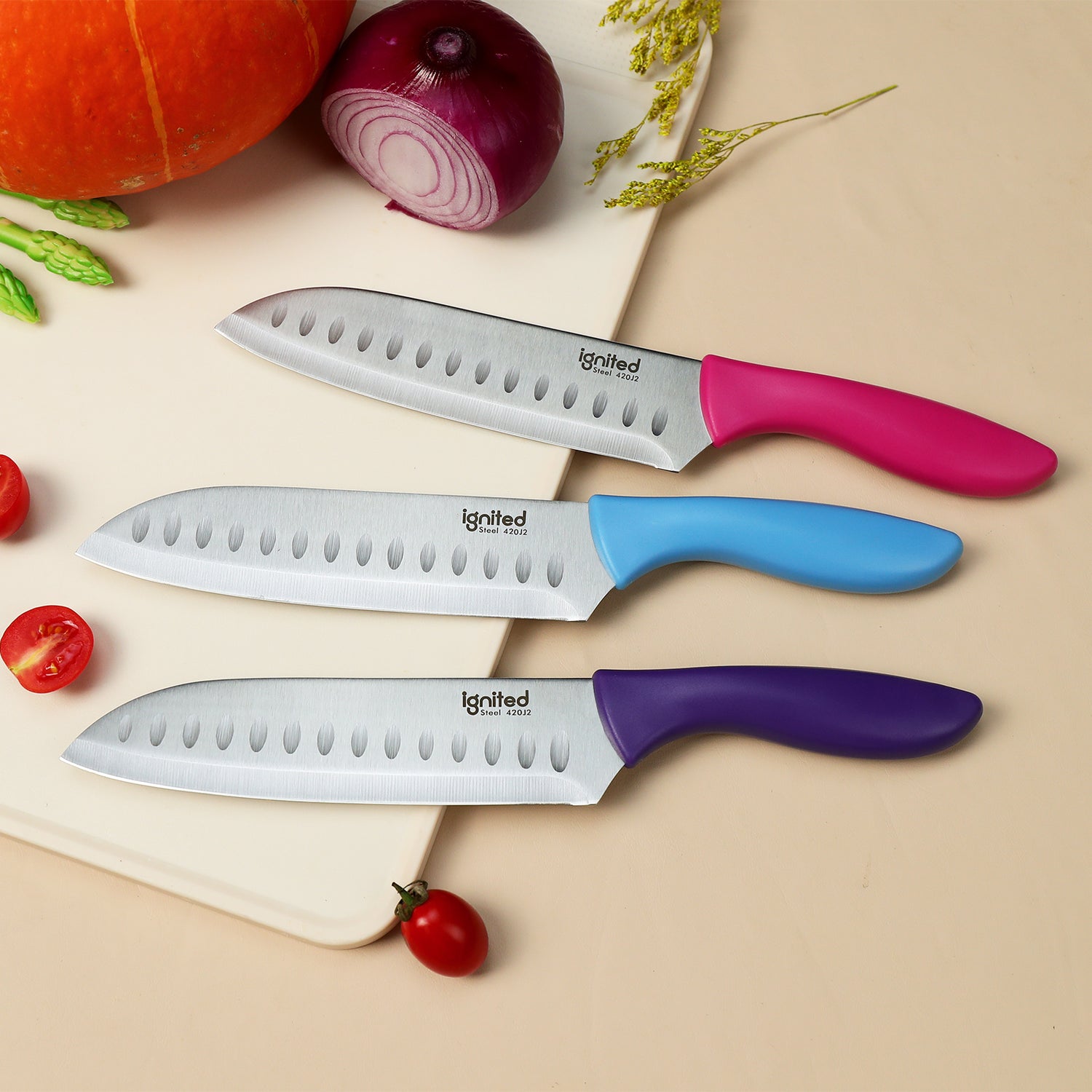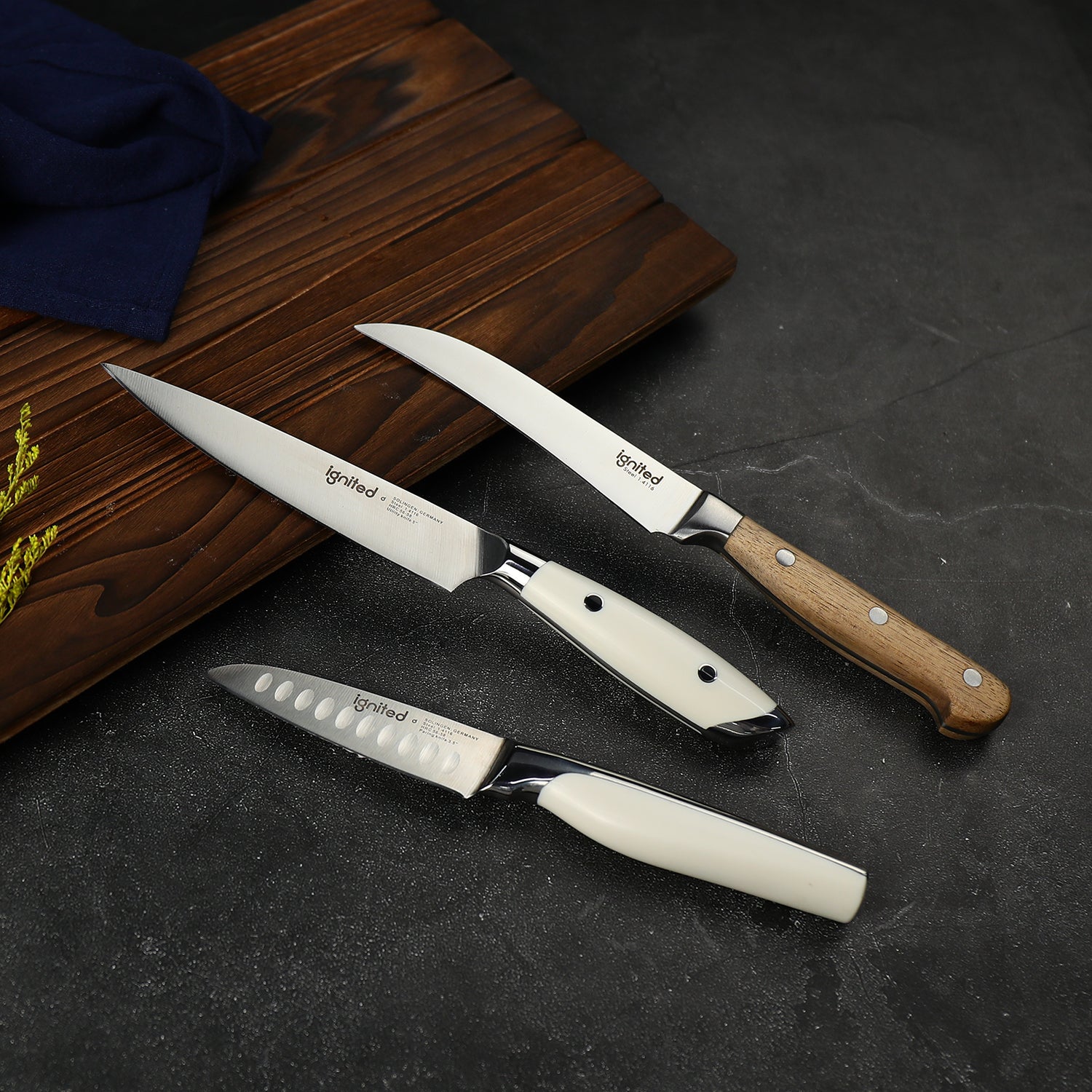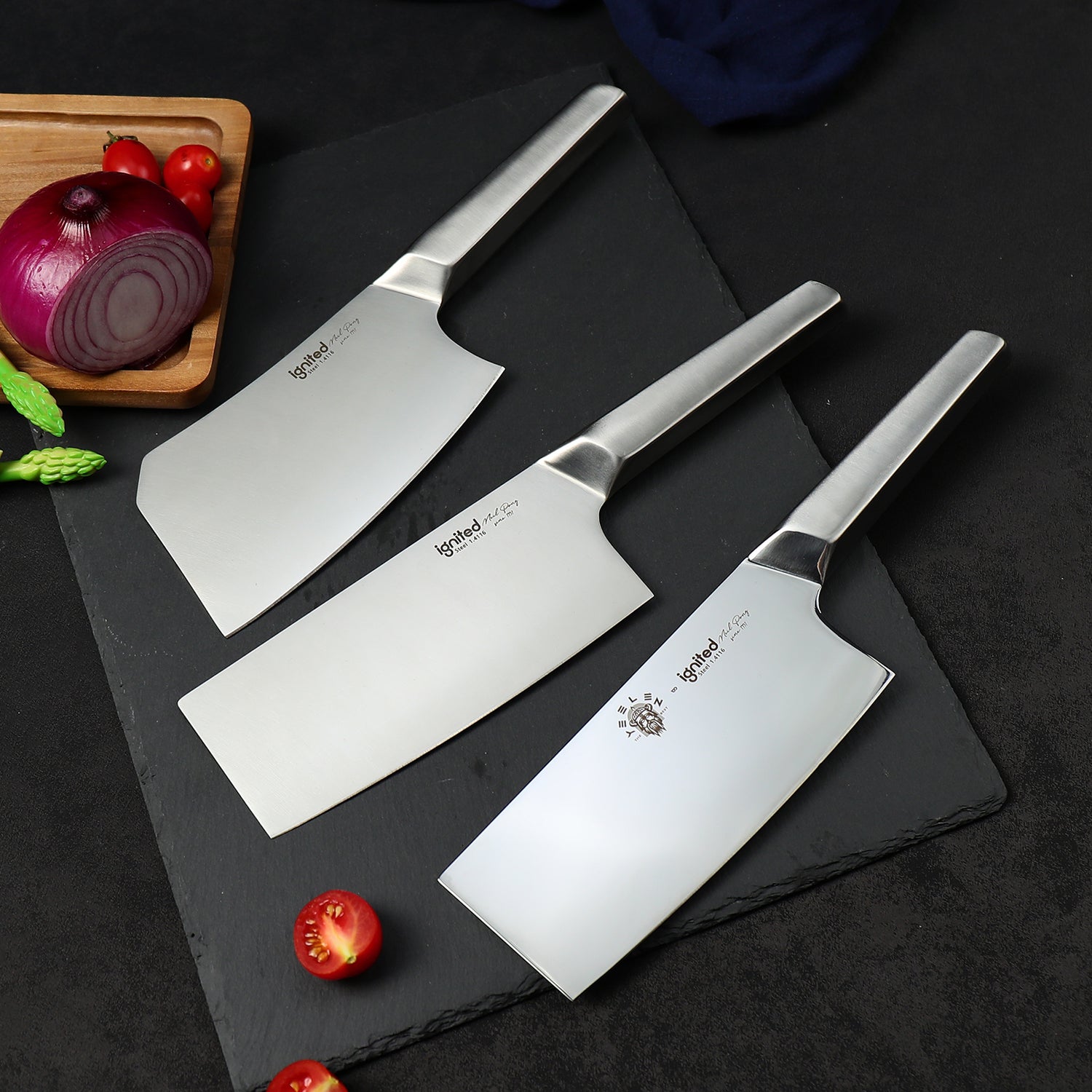When you look at a typical bread knife, one thing immediately stands out: the blade isn’t smooth like your chef’s knife — it’s lined with sharp, jagged teeth. But why do bread knives have serrations, and how does this design affect the way they cut? Let’s break down the real science behind the teeth — and why no well-stocked kitchen should be without one.
The Science of Serration: How It Works
Unlike a straight-edged blade, which slices by pushing or drawing a clean edge through food, a serrated knife cuts by using tiny points to pierce and tear. Think of each serration as a mini-knife: the pointed teeth break the surface, while the scalloped edges pull material apart with minimal downward pressure.
This makes a huge difference when cutting bread. A loaf of bread has two very different layers: a hard, crusty exterior and a soft, airy crumb inside. A straight blade easily compresses this soft interior before it can cut cleanly through the crust. The result? Squished slices, torn crumb, and a mess of crumbs.
A serrated blade, however, “grabs” the crust first. The teeth bite through the tough outer layer, allowing the blade to glide smoothly through the soft crumb with minimal force. The gentle sawing motion keeps the bread intact, preserving its shape and texture.
Serrations = Less Friction
Another benefit of serrations is reduced friction. A straight blade has continuous contact with the food, which can drag or stick, especially with soft or sticky bread. The pointed teeth of a bread knife mean only the tips make initial contact, which minimizes drag and helps the blade move effortlessly through sticky or airy loaves.
Protecting the Crumb
For artisan loaves, sourdough, or baguettes, maintaining that open crumb structure is everything. A serrated knife slices cleanly without compressing the air pockets inside, so your slices look as beautiful as the loaf you worked so hard to bake (or buy!).
Beyond Bread: Surprising Versatility
While bread knives are optimized for loaves, their unique design makes them surprisingly useful for other tasks:
- Tomatoes and citrus: The thin skin and juicy flesh benefit from a serrated blade that won’t crush them.
- Pastries and cakes: Delicate sponge cakes or layered cakes slice neatly without squashing.
- Tough-skinned fruits: Pineapples, melons, or even squash can be tackled easily with a long serrated blade.
- Roasts with crackling skin: Some cooks even reach for a bread knife to carve a pork roast or turkey with crispy skin.
Why Not Just Use a Straight Blade?
Technically, you can use a sharp chef’s knife on bread — once or twice. But the reality is, a straight edge dulls quickly when scraping against crusts, especially if the bread has seeds or a thick baked crust. Serrations help maintain sharpness longer because only the points bear the brunt of the friction.
The Bottom Line
A great bread knife’s teeth do exactly what your smooth chef’s knife can’t: they tackle crusty, soft, delicate, and sticky foods with minimal mess. The next time you wonder whether that big, toothy blade in your drawer really earns its spot — just remember your perfect morning toast depends on it.





